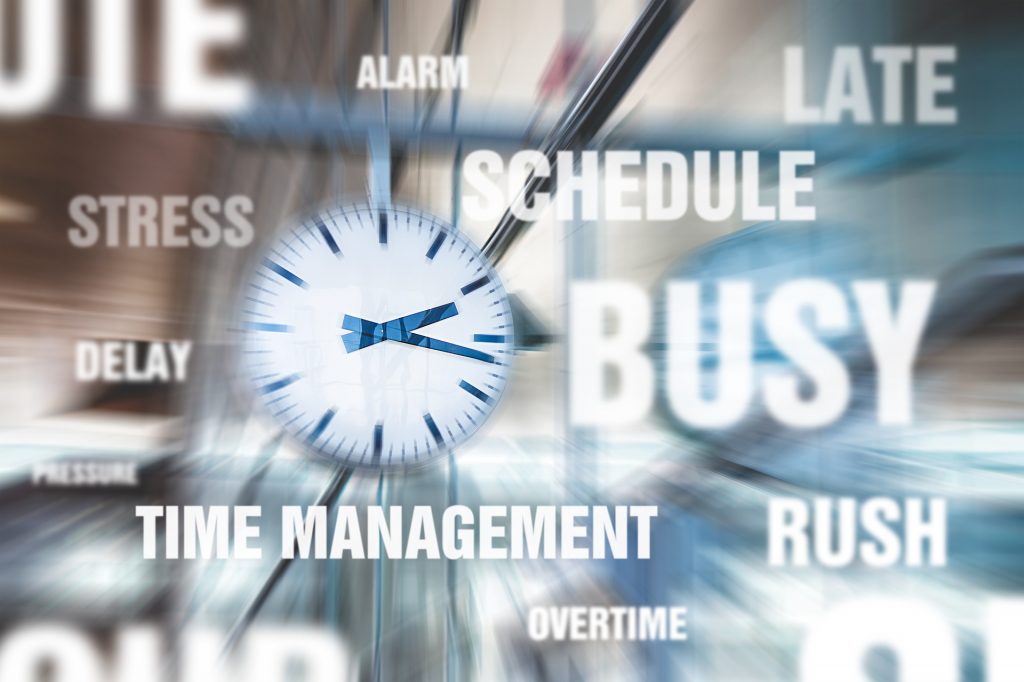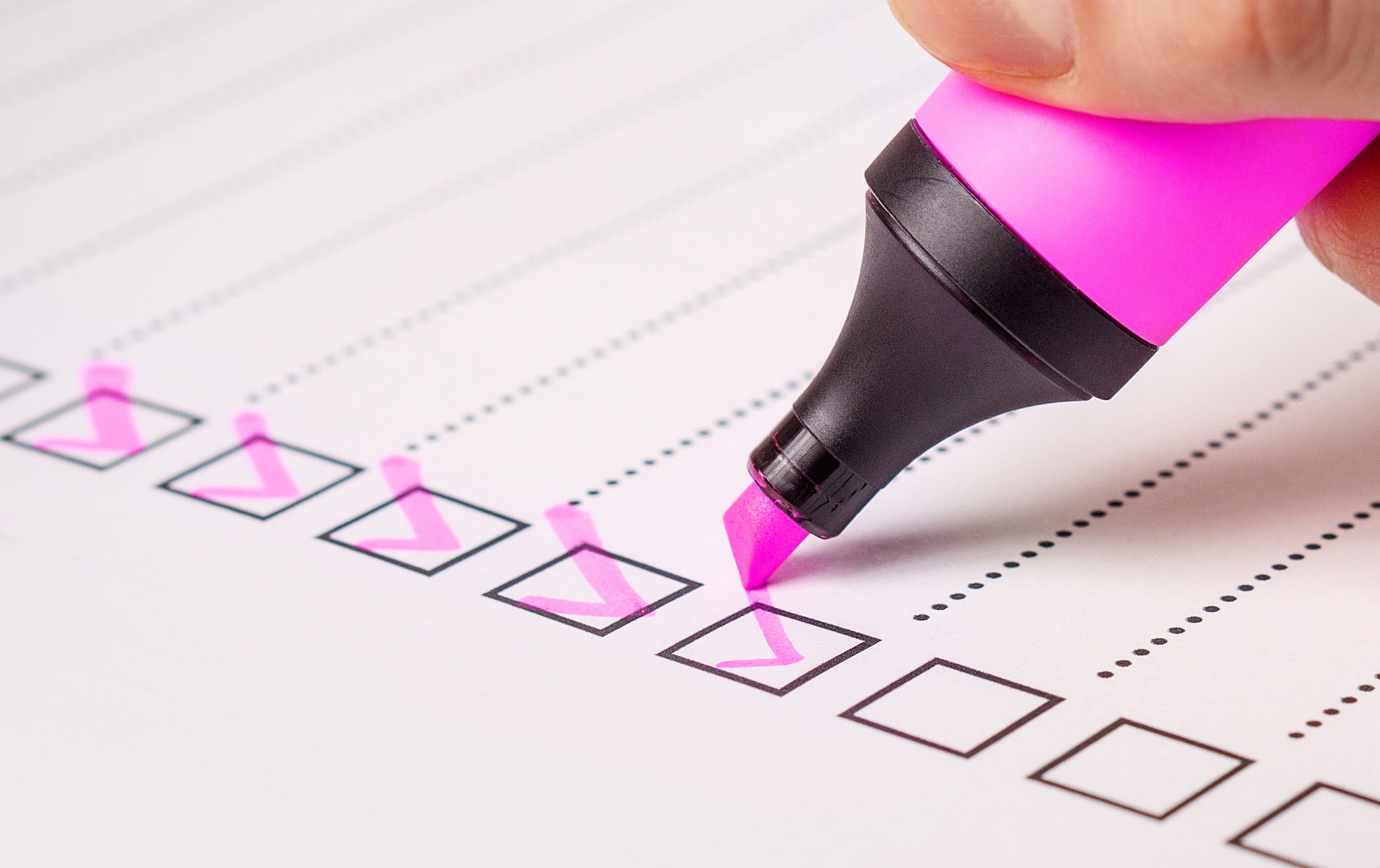The time-honoured tradition of scribbling a quick note in the palm of your hand has been replaced by the far neater and more durable Notes in your phone. But there’s something about making a To Do list on actual paper that really boosts both motivation and productivity. Here’s why:
1) You can see everything in one place

When all your tasks are free-floating in your head, everything becomes hard to keep track of, and it’s easy to get overwhelmed. Your brain will constantly come back to the various things you need to do, in no particular order, and with no particular respect for your sanity or sleep. This is because the human brain is pretty diligent, and always tries to keep a handle on its To Do list, as the Zeigarnik effect proves. And while this is admirable, it’s also terrible for productivity. If your brain is performing a purely administrative task (holding on to your To Do list), it’s not freeing itself up for creative or strategic thinking. So, instead of solving problems, it’s keeping itself busy noting what the problems are.
Help your brain out by jotting down everything you need to do in a list. That way, you won’t have a jumble of mundane-to-urgent tasks scrambling for purchase in your brain. Instead, you’ll be able to see everything in one place, which gives you a better idea of what needs to be done. The simple act of creating a list calms anxiety. This is because the brain interprets it as a first step in a concrete plan. So, even though you haven’t even gotten to the problem itself, it feels like making progress.
2) You don’t have to remember anything

And you won’t forget anything either. While you’re brainstorming your new business idea, or putting together an important presentation, or writing your bestseller, you forget things. Things like picking up the dry cleaning. Things like feeding the dog (or yourself). Things like the dinner plans you made 2 weeks ago.
If you get in the habit of noting down the things you need to remember, you’re essentially freeing up storage space in your brain for more important things. You’ll also be assured that you won’t be caught out by something you forgot. Because forgotten things have an annoying tendency to go from ‘minor issue’ to ‘full blown disaster’ while your back is turned. Your To Do list serves as a helpful reminder that keeps everything under control.
Research has shown that your brain will keep obsessing about a task until it’s accomplished. But once it’s completed, your brain quickly moves on to something else. For example, studies show that waitrons remember customer orders that haven’t been delivered surprisingly well. But as soon as the dish has been served, the memory of who ordered the burger without fries, or who swapped milk for soy, is magically wiped out of their minds. It’s as if the brain rewards itself for successfully executing a task by giving itself a spring clean.
3) You can prioritise

Once you have everything in one place, you can see what’s more urgent or important. Some people list the things they have to do in order of importance, and work their way down. Some people put everything down in no particular order, then assign urgency levels to each thing. Both options are fine. The important thing is to know what’s screamingly important, and what’s not.
Some people also like to get certain tasks done first, while they’re feeling fresh, and leave purely administrative tasks for later. For example, you might want to draw up your business plan in the morning, and only get to paying bills in the afternoon. This strategy is known as ‘eating the frog’ – getting the big thing over with first. Another line of thinking says you should finish all the fiddly little things first, which will leave your mind and schedule 100% free for the big task. You should work out which method helps your personal productivity, and prioritise your list accordingly.
4) You can see what’s achievable

Depending on your schedule and preference, you can make short-, mid-, or long-term lists. Daily lists give your day structure, so you don’t end up watching bad daytime TV for 3 hours. Weekly lists help you stay flexible in case the day doesn’t go as planned. And monthly or yearly lists help you achieve big long-term goals like saving for a holiday (more tips on saving in this blog).
You have a good idea of how much productive time you have in a day. That’s when you’re not sleeping/eating/stuck in traffic/taking calls/looking after the family and house etc. Official working hours for most workplaces is 8 hours, while in reality, employees are only productive for 2 hours 53 minutes of that. A freelancer or self-employed person might be productive for 6 or more hours a day, thanks to the motivation or working and earning for oneself. Work out how much time you really have, factor in diminishing energy over the course of the day, and leave some leeway for miscellaneous things.
5) You can mark things as Done

You probably noticed that in the intro paragraph, we spoke about making your list on actual paper. This may seem old school, but there are some pretty good reasons for this. Firstly, the act of writing increases your recall (so you’re helping your brain out even more). Writing also stimulates more creative thinking than typing. Secondly, on paper, you have the satisfaction of ticking or crossing out the Done stuff. This is much more satisfying than deleting things on your phone or computer. In fact, having a Done list is almost as productive as having a To Do list. Apparently keeping track of things you accomplished boosts your motivation to do more. So, to boost your productivity, remind yourself of everything you’ve already done.
Now that we’ve convinced you of the importance of creating a To Do list, let’s talk about how to create the ultimate list. Here are 3 scientifically proven ways to boost your list’s productivity potential:
a) Be specific
Don’t just say ‘email’. Remind yourself that you must ‘Email Dave about seed funding after lunch’. The specific details give you concrete steps to follow. This helps to turn a gigantic task like ‘Launch new business’ into small, achievable and non-overwhelming steps.
b) Grab ‘if-then’ opportunities
One of the criticisms levelled against To Do lists is a tendency towards rigidity. Critics say that you won’t take advantage of spontaneous opportunities because you’re so obsessed with completing your list. For example, someone you met at a conference last year happens to be in town. Kalido’s Nearby feature alerts you to the fact that they’re in the neighbourhood. You could reach out and invite them to lunch, or you could have a sad solo lunch at your desk. If you had gone to lunch, you would have found a collaborator for an exciting new business venture. But you chose to ‘finish up report’ instead over lunch. What a pity for you to miss such a great opportunity, when you were just trying to be productive.
There are two easy ways to address this issue: Firstly – keep lunch sacred. As we discuss in this blog, rest periods are necessary to stay sharp and focussed. And this blog explains why everyone can do with more sunshine. So, build social or business lunches into your day. Avoid eating at your desk (or skipping lunch altogether). Grab a bite with a real human being, preferably outdoors somewhere. The second thing you can do is incorporate ‘if-then’ opportunities into your list. For example: ‘If I’ve finished the report, I should arrange drinks with so-and-so’. Or just keep a catch-all item on your list like ‘If something exciting or urgent like X crops up, I will prioritise that over item Y today’. If X doesn’t happen, you complete your original list. If X does pop up, you’ll still get to Y the next day.
c) Write it down
Like we discussed above, writing increases the productivity value of your list more than typing. If you keep a To Do diary, it’s also fun to go back to old lists sometimes to see how your priorities, life, and handwriting have changed over time.
So, whatever exciting things you have planned, take a minute to jot them down. Then match with some collaborators or clients on Kalido, and go forth and be productive!

